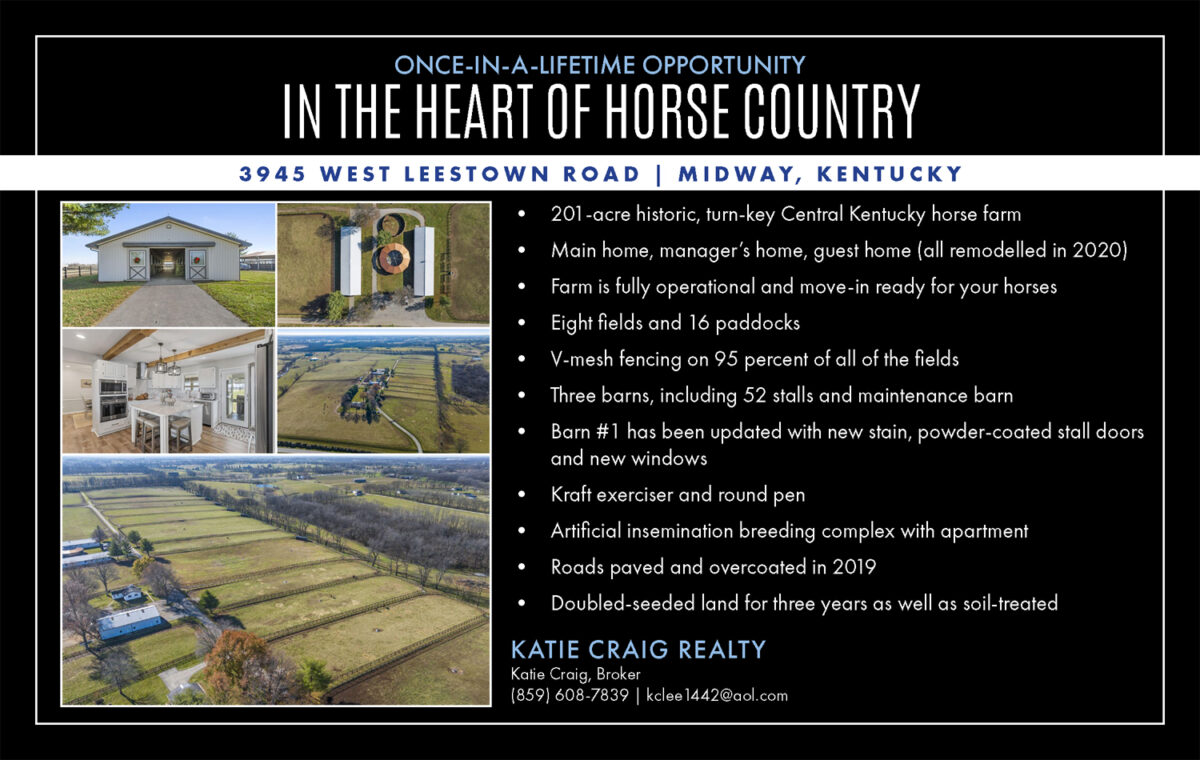

Grace in defeat
Recounting some incredible moments when giant upsets were handled with class by those on the losing end.
Eddie Lohmeyer had every reason to be optimistic when he dropped his prize pacing colt Landslide into the box for the Little Brown Jug in 1981.
After all, Landslide was unbeaten in nine starts that season. In his last five starts, no horse got within a length of him at the wire. Although Landslide had never started on a half-mile track, many horses that have problems with turns just glide around the soup bowl oval at Delaware.
Lohmeyer was even happier when he drew the rail in his 10-horse elimination heat. That’s a huge advantage at Delaware as the horses are into the first turn in a flash.
But the world came crashing down for Landslide and Lohmeyer soon after the start of his heat. Herve Filion sent second-choice Eastern Skipper to the front and showed the way.
As the field turned down the backstretch the second time, Eastern Skipper suddenly jumped over a scalper lying on the track and then over a footprint. Armbro Wolf, driven by John Campbell, slammed into him and then Lohmeyer and Landslide and Phil Lobell couldn’t avoid the pile-up.
Horses and drivers went down in a heap and Landslide, Armbro Wolf, and Phil Lobell did not finish.
Fan Hanover, driven by Glen Garnsey, went on to win the Jug after dodging yet another accident in the final heat.
I was working for the USTA then as we always provided on-site publicity assistance to member tracks for major races. I recall a television reporter in the press box after the race that was pleading for a driver to interview. All that she got were printed quotes distributed to the media. She needed a talking head for the camera.
I told her I would see what I could do, then walked to the backstretch to see if I could find Eddie Lohmeyer. He’d changed into his street clothes, but I spotted him easily enough. I was admittedly uneasy when I approached him and told him a TV reporter wanted an interview. After what he’d been through, he’d have every right to tell me to go to hell. Still, I posed the question to him.
Lohmeyer merely said, “Would it be better for the camera if I put on my colors?”
I almost fell over with shock and gratitude.
Eddie had no hesitation about doing the interview. He simply wanted to present the best possible image. We walked across the track and to the infield where we met the reporter.
Eddie answered all the questions politely with poise and professionalism. The reporter was thrilled over the moon.
I thought then — and still think — that it was one of the greatest displays of sportsmanship, class, and character I’d ever seen.
Lohmeyer’s class and conduct in wake of his Jug Day woes always evokes Rudyard Kipling’s famed poem “If” for me.
Kipling defines traits that comprise a true man, including this one:
“If you can meet with Triumph and Disaster
And treat those two imposters just the same.”
I have seen that trait occasionally in racing, and three other examples stand out in my memory.
A decade earlier I had first-hand contact with another trainer/driver who tasted bitter defeat in the Jug.
Albatross was simply sensational in 1971, coming into the Jug with only one defeat all season long. He’d destroyed his opponents. His races were not competitive simply because he was so much faster than his foes.
I was working for the USTA in a summer job than ran into September then, and I was interviewed on TV about the Jug.
“There is one horse that is so dominant in this year’s Little Brown Jug that he could fall down, not once but twice, and still get up and win. His name is Albatross.”
(I certainly hope that the TV station destroyed all copies of that interview.)
I wasn’t alone in my confidence. Jug officials were so concerned about a minus pool costing the Delaware County Fair thousands that Albatross was barred in the betting.
But Albatross was not himself on Jug Day, the result of a grueling schedule of races coming into the Delaware dance. He won an elimination heat for his trainer/driver Stanley Dancer, but dropped the second heat and raceoff to Nansemond and driver Herve Filion.
I was stunned. Thousands others at Delaware were stunned. Surely Stanley Dancer was stunned.
I was on the backstretch during the raceoff as Dancer took Albatross off the track and headed his hobbled hero back to the barn and not the winner’s circle. I was the first person to speak to Dancer.
I asked, “Would it have made any difference if you’d pulled on Nansemond sooner?”
You never know what reaction you’ll get from a person who’s suffered a stunning loss, but Dancer was honest but terse.
“No,” Dancer told me. “Herve just got the jump on me. He beat me fair and square.”
No excuses. No regrets. No bellyaching. That impressed me then, and impresses me now.
That loss bothered Dancer until his dying day. I know that because I interviewed him decades later at his home in Florida and he was still bedeviled by that Jug defeat.
The Hambletonian, too, has seen its share of heavy favorites fail. Certainly few upsets were more spectacular than the loss of the favored filly CR Kay Suzie in 1995.
Trainer Carl Allen had described her as “lightning in a bottle” during her freshman season and it was no secret he was aiming her for a Hambletonian win over colts. With Carl’s son Rod handling the reins, CR Kay Suzie was nigh perfect in trail to the Hambletonian in 1995 with only one loss.
She beat colts in the Yonkers Trot and the Beacon Course (now Stanley Dancer Trot) en route to the Hambletonian. She didn’t just beat them – she destroyed her male pursuers. From post eight, she won the Yonkers Trot by seven-and-a-half lengths. (She’d won her elim by 10 lengths.) The Beacon Course resulted in a three-length romp.
So the Hambletonian was virtually conceded to CR Kay Suzie and television crews shadowed her every move that day.
She wasn’t the only Carl Allen enty in the big dance. In the other elimination, he had Super Wally and CR Trackmaster, an entry that went off as the 6-1 third choice. The Allens’ best shot, however, clearly rested with the filly.
Those hopes died aborning when the 1-9 favorite CR Kay Suzie skipped offstride past the first quarter and failed to finish in the top five. Her day was done.
As if to add insult to injury, in the next elimination both Super Wally and CR Trackmaster took themselves out of contention with breaks. Such a calamity was almost incomprehensible. Certainly it was a crushing blow for Carl Allen, patriarch of the family, and for his sons.
Yet after all three Allen horses were eliminated, Carl and sons didn’t throw up their hands in disgust and anger. Sure, they may have felt that way inside, but they patiently and politely fielded any and all questions the media tossed at them. They had every right and reason to retreat to the confines of the drivers’ room and lick their wounds in private, but they bravely did the right thing.
Another Hambletonian incident that stands out in my memory dates back to 1988 when the two best colts coming into the race were Armbro Goal and Firm Tribute. You might well say that the outcome was determined when the post positions were drawn. Armbro Goal got the rail and Firm Tribute drew 13 in the second tier.
Driver Mark O’Mara managed to thread his way through the stragglers to finish third with Firm Tribute in the first heat, then came back to grab second in the wrap-up.
After the race, I recall one reporter asking O’Mara, “Would it have made any difference if Armbro Goal had drawn 13 and you had the rail in the first heat?”
The only sensible answer to that question is, “Hell, yes, it could have made a world of difference!”
Instead Mark O’Mara quietly said, “We just finished second in a $1.2 million race. That’s like winning a $600,000 race. And that’s not a bad afternoon.”
Grace after adversity is often a rare quality and when you witness it, it’s something you don’t forget.
















